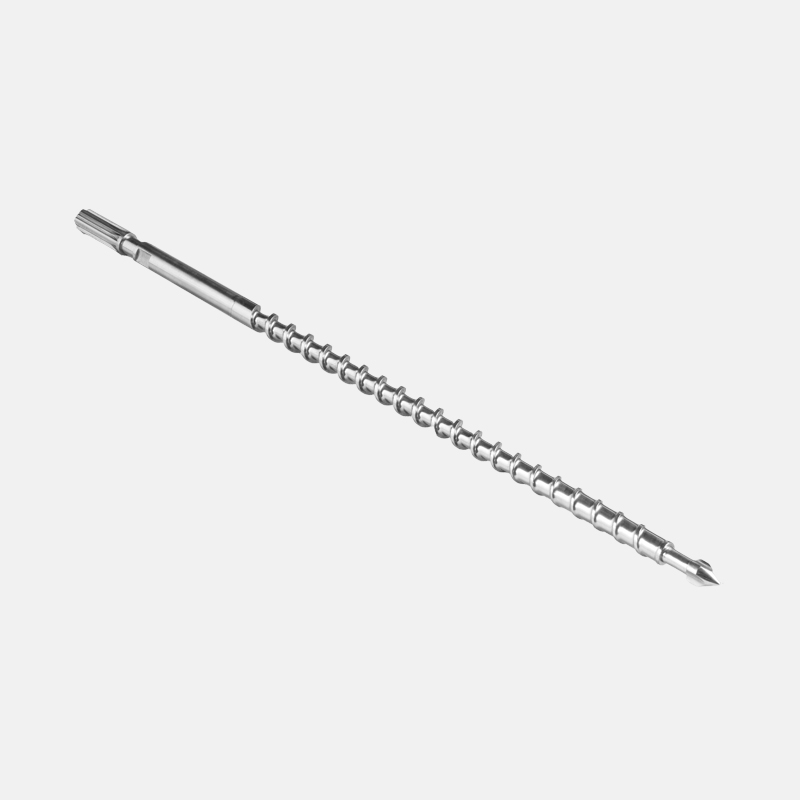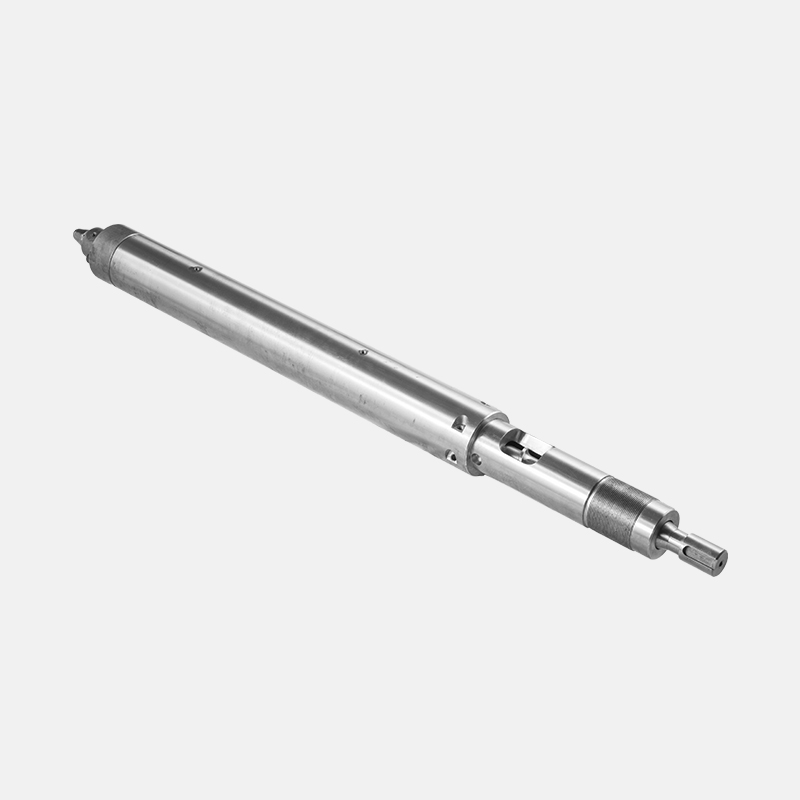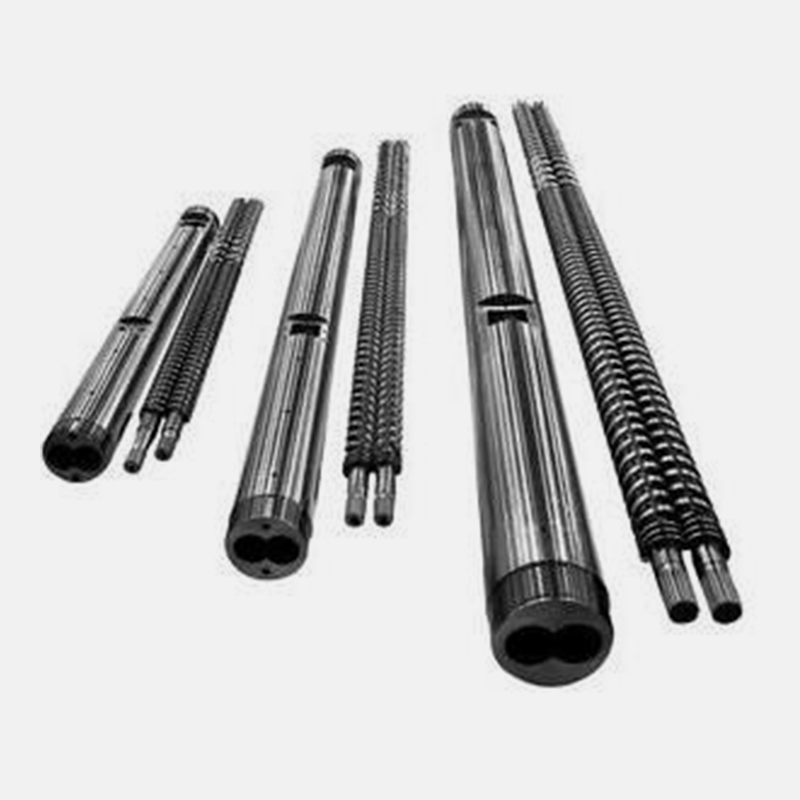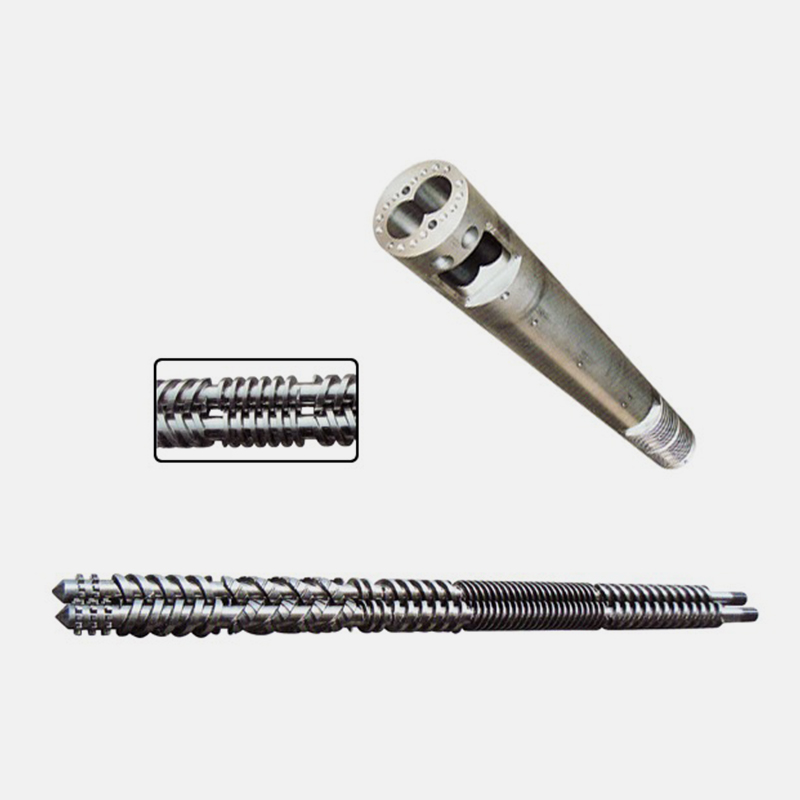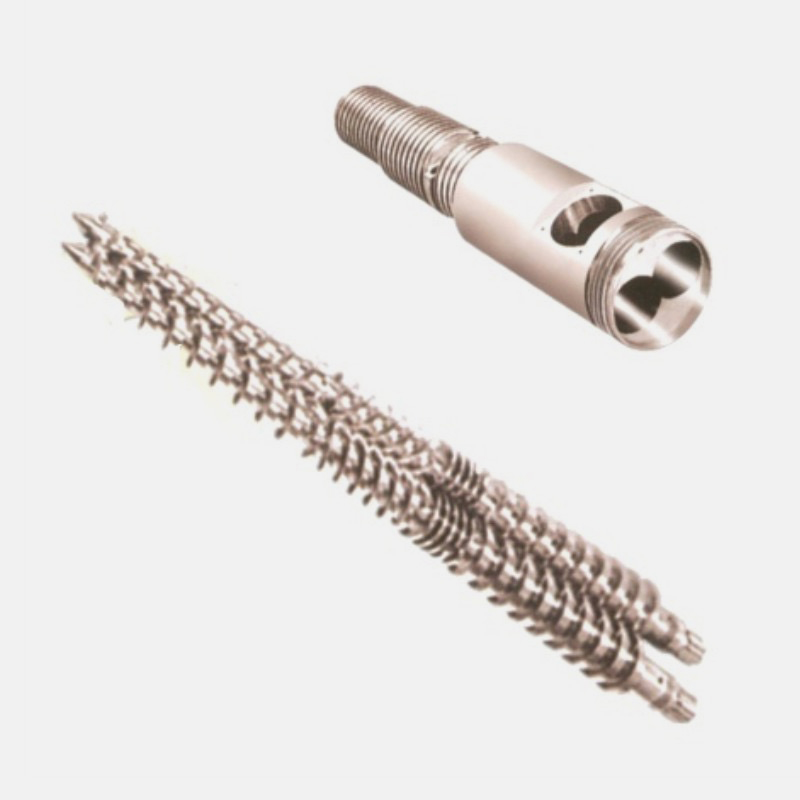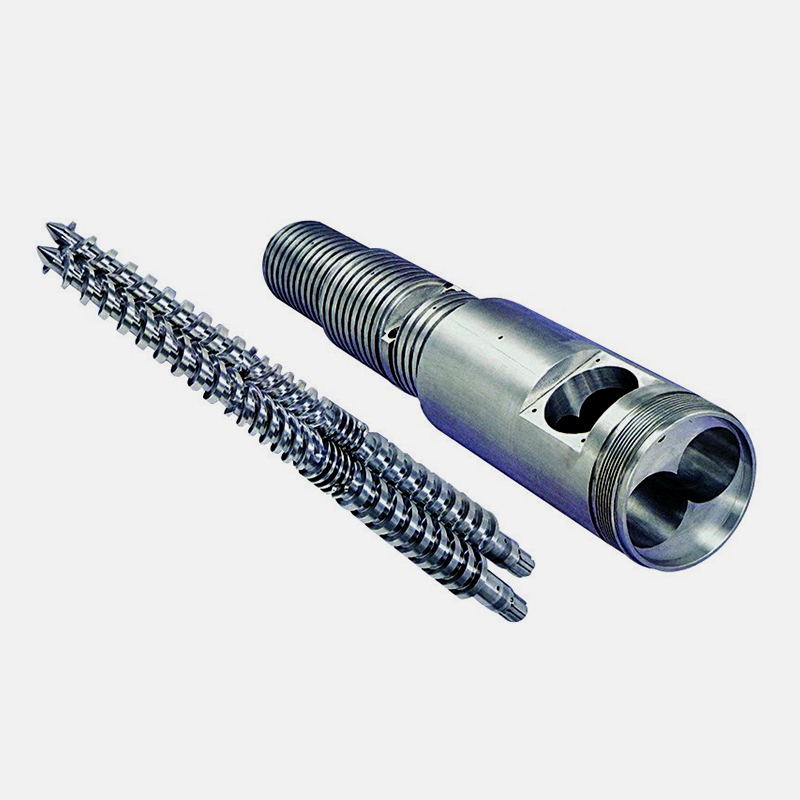Yes, there are indeed best practices for cleaning and maintaining
extruder screw barrels. Proper maintenance is crucial to ensure the longevity and performance of these components in the extrusion process. Here are some key best practices:
1.Regular Inspection: Routine visual inspections of the screw barrel can help identify wear, damage, or other issues early on. This allows for timely maintenance.
2.Cleaning: Periodic cleaning of the screw and barrel is essential to remove residual polymer and contaminants. Use appropriate cleaning agents and follow manufacturer recommendations.
3.Screw Pulling: When cleaning, consider removing the screw from the barrel. This allows for a more thorough cleaning and inspection of both components.
4.Material Changeovers: After running a specific material, it's advisable to perform a complete cleanout of the screw and barrel before switching to a different material to prevent contamination and ensure product quality.
5.Temperature Control: Proper temperature control during extrusion is vital. Ensure that the barrel and screw temperatures are within the recommended range for the material being processed.
6.Lubrication: Lubricate the screw and barrel components as per manufacturer guidelines to reduce wear and friction.
7.Alignment: Check and maintain proper alignment between the screw and barrel. Misalignment can lead to premature wear and reduced performance.
8.Use Wear-Resistant Materials: Consider using wear-resistant materials for screw and barrel components, as they can significantly extend their lifespan.
9.Screw Speed: Optimize the screw speed to match the material being processed, as running at excessive speeds can increase wear and reduce efficiency.
10.Avoid Overloading: Avoid overloading the extruder, as this can strain the screw and barrel, leading to premature wear.
11.Replace Worn Parts: When wear or damage is detected, replace worn or damaged parts promptly to prevent further deterioration.
12.Training: Ensure that personnel operating the extruder are properly trained in maintenance procedures and safety protocols.
13.Documentation: Maintain records of maintenance activities, including cleaning schedules, inspections, and parts replacements.
14.Consult Manufacturer Guidelines: Always refer to the manufacturer's guidelines and recommendations for specific maintenance procedures and schedules.
15.Consider Preventive Maintenance Plans: Implementing a preventive maintenance plan can help ensure that maintenance tasks are performed regularly and systematically.
Extruder screw barrel for granulation extruder
Application:
1. Generally plastic material
2. Pipe/ Profile/ Sheet/Pelletizing
3. WPC, ABS, TPR, TPU, PMMA, C-PVC, UPVC, RPVC, PET, EVA, PU,PE etc

 English
English 简体中文
简体中文 España
España عربى
عربى
